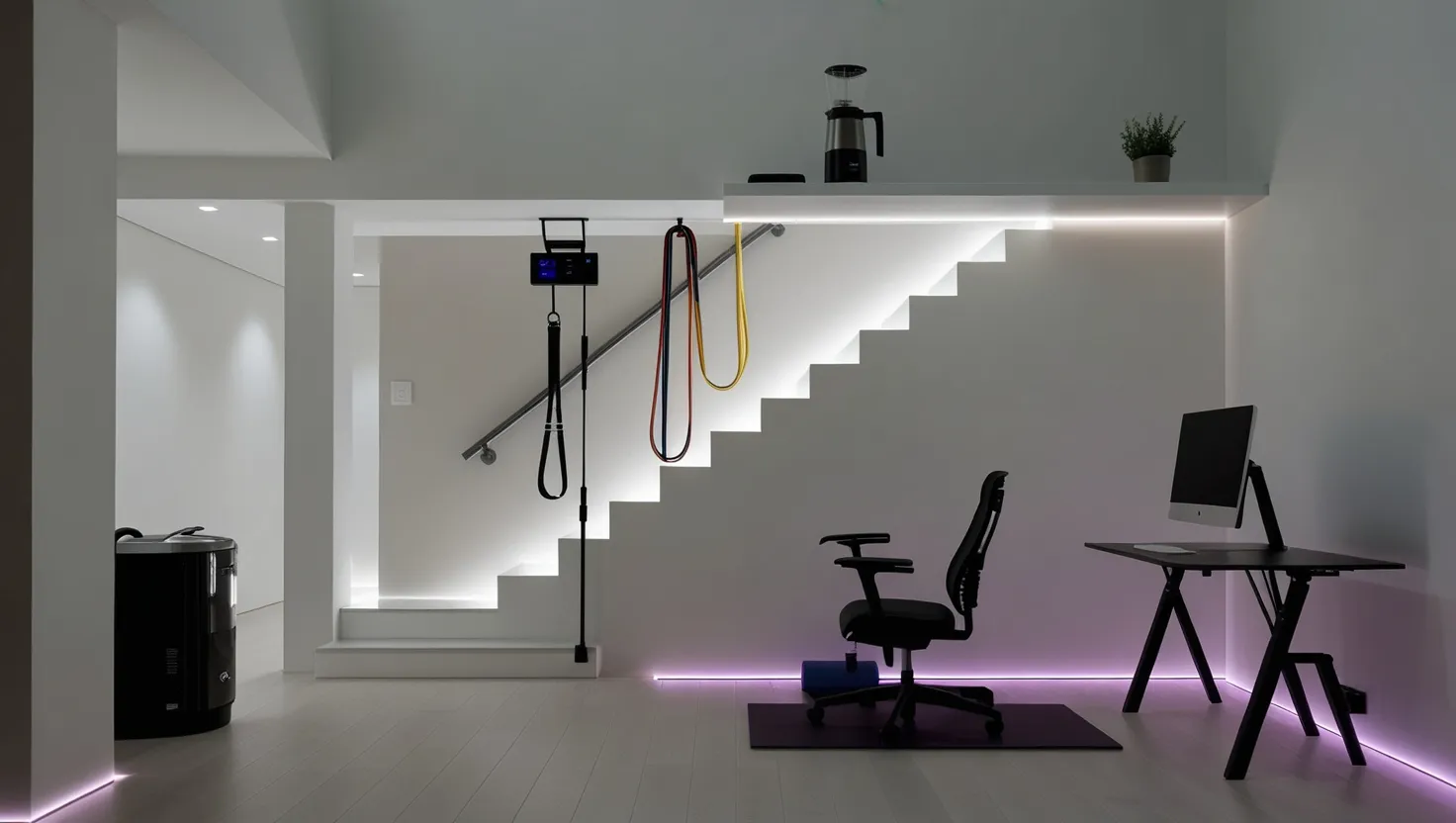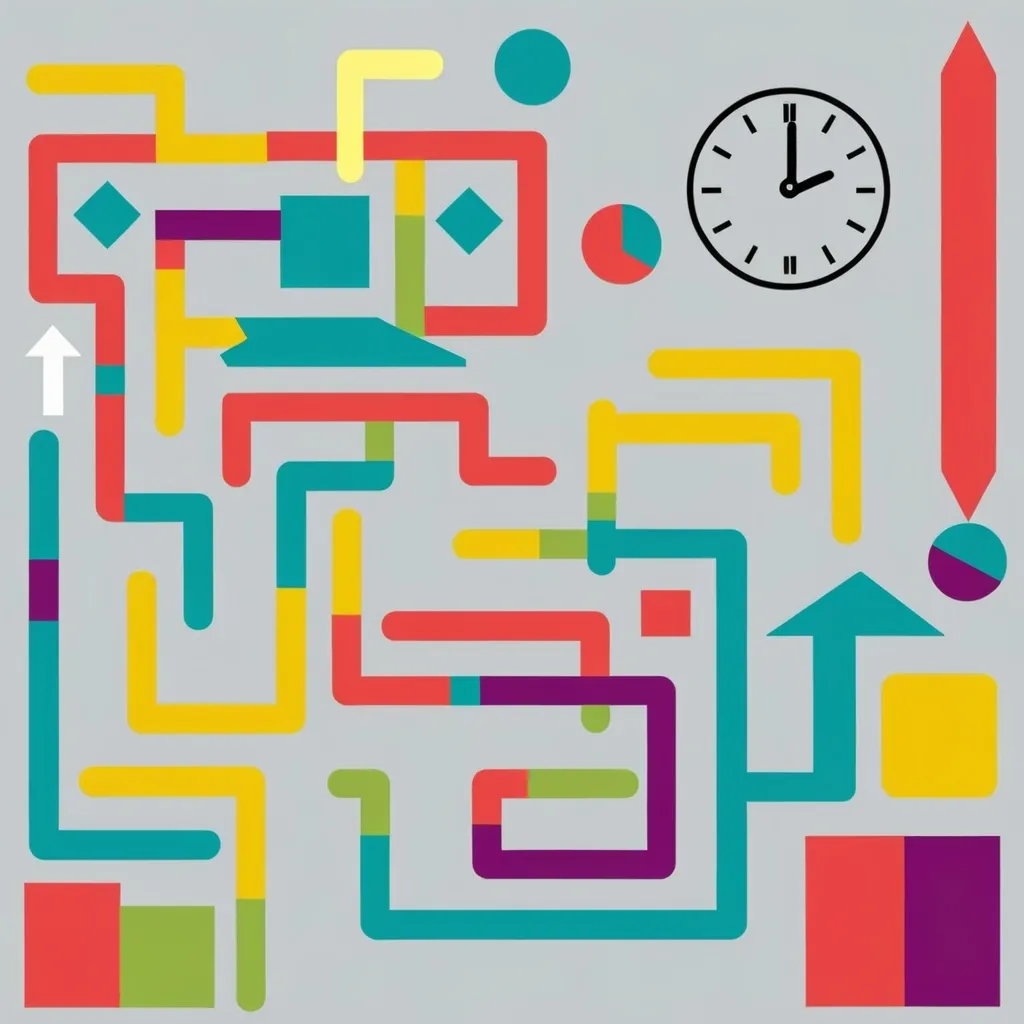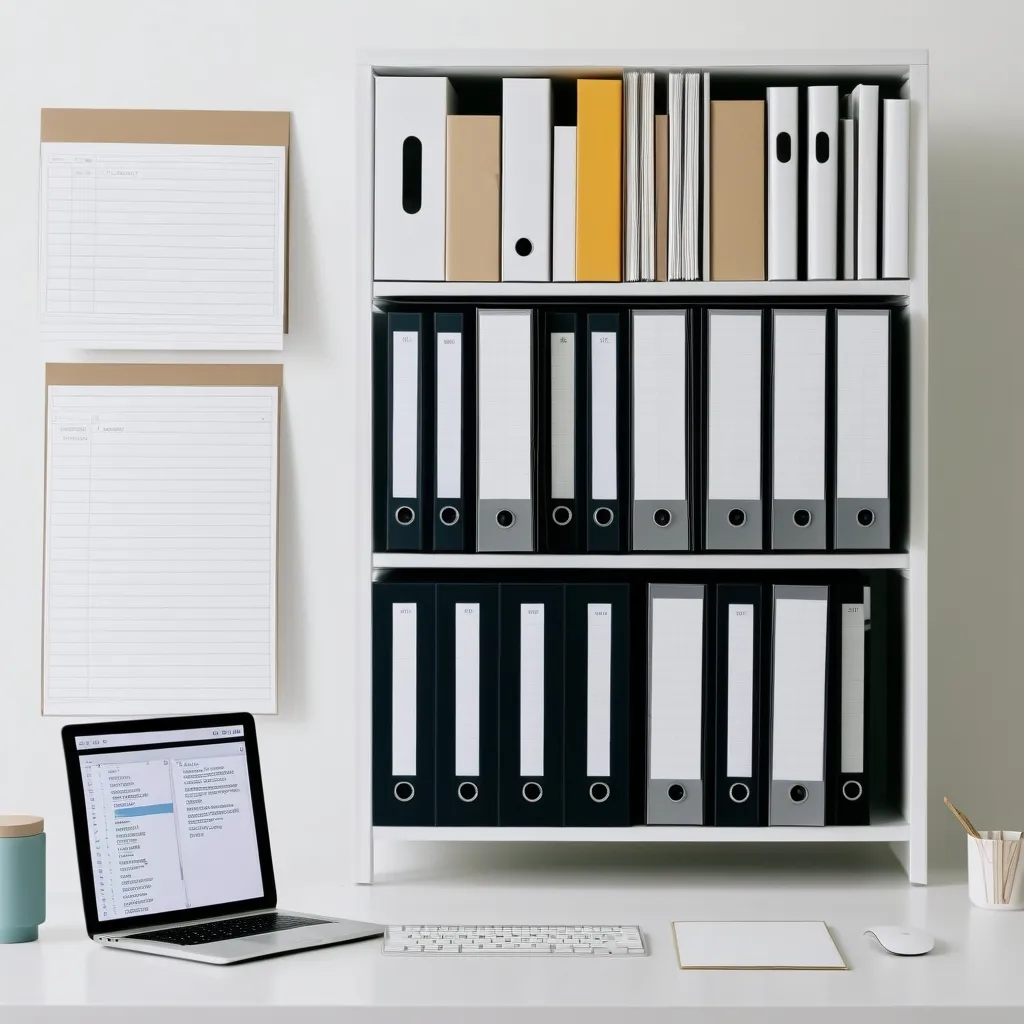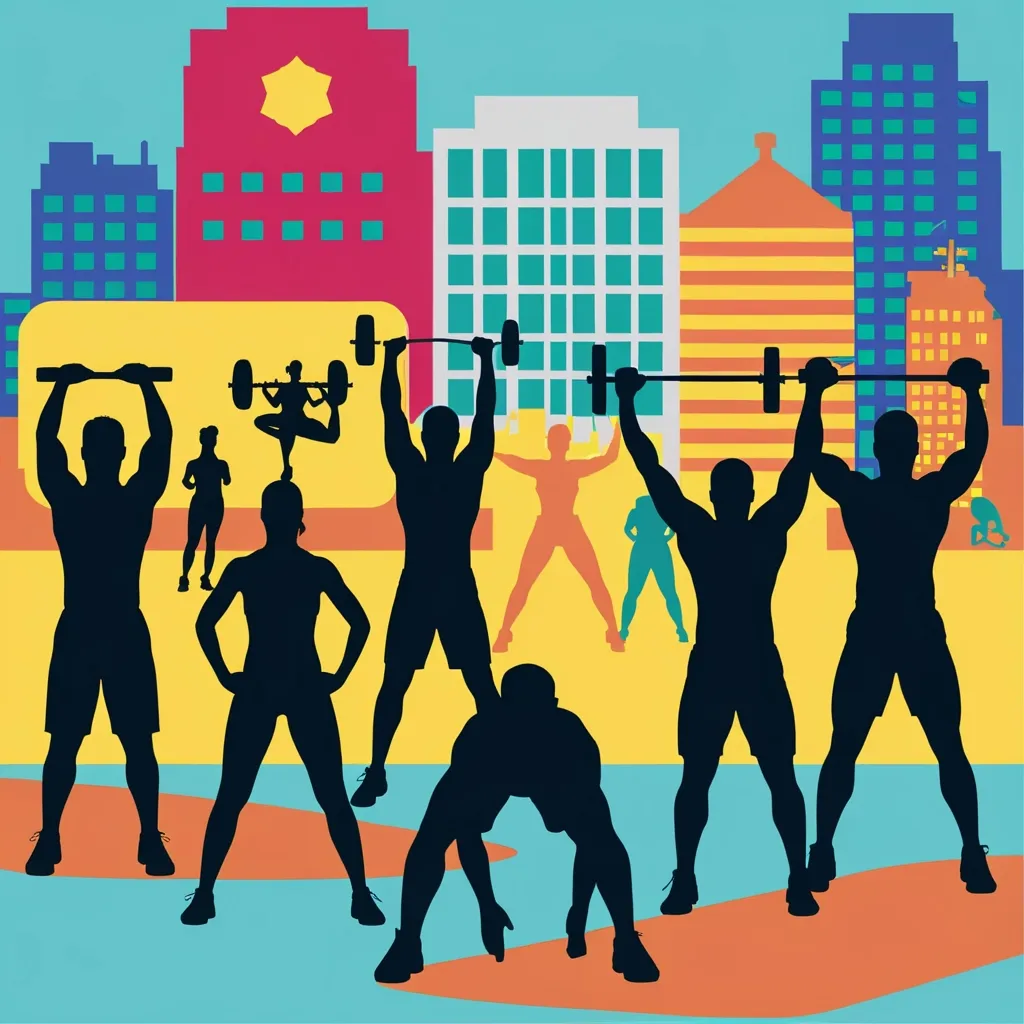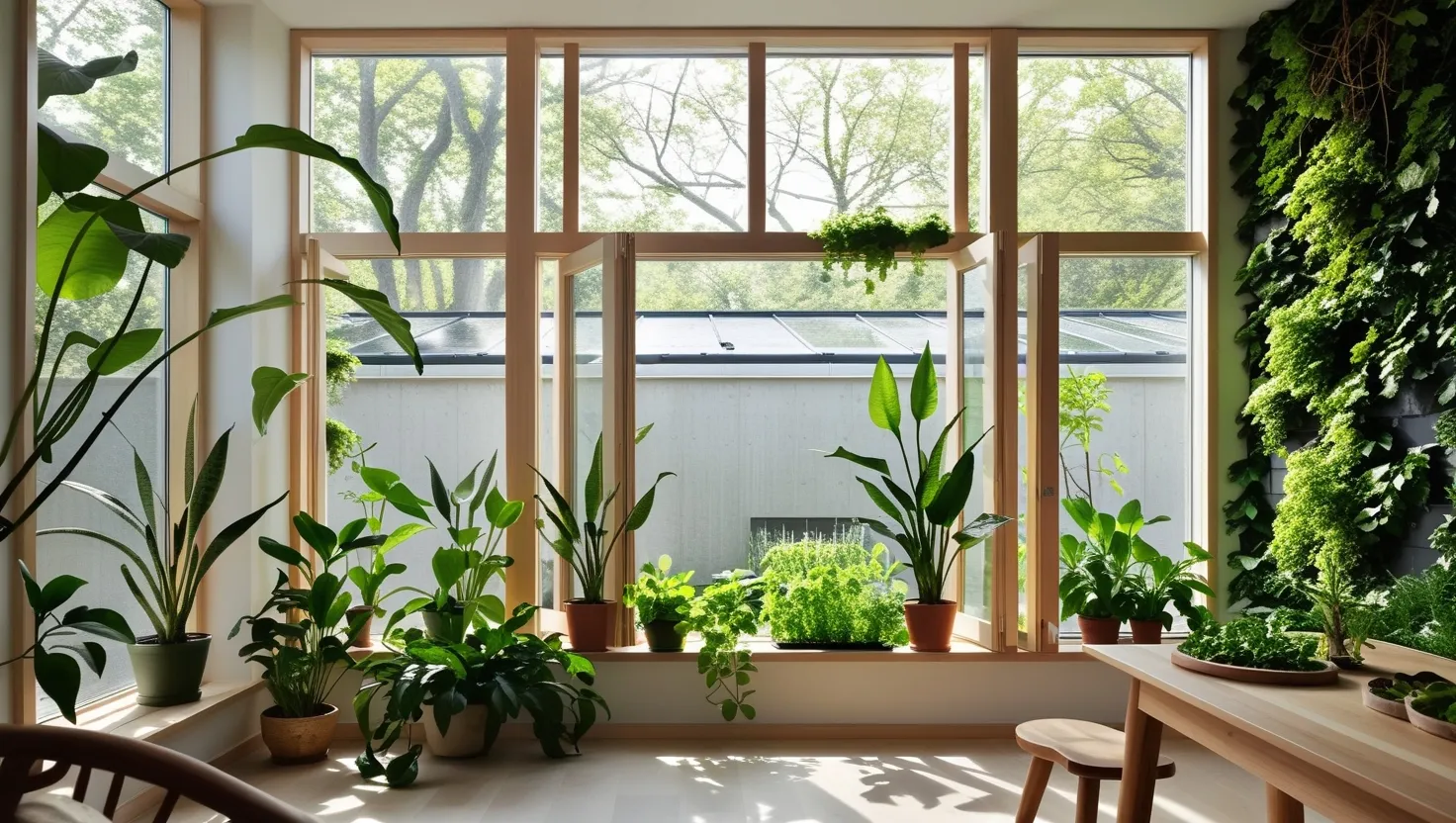If you’ve ever found yourself sitting for hours on end, feeling sluggish by mid-afternoon, you’re certainly not alone. Modern home designs have mastered comfort and convenience, but in streamlining our daily routines, they often squeeze out the small, necessary movements our bodies crave. What if I told you that your home’s design could quietly nudge you toward better health—without any complicated exercise regimens or willpower battles? Let’s look at five ways kinetic architecture can turn everyday living into passive, perpetual fitness.
“Movement is a medicine for creating change in a person’s physical, emotional, and mental states.”
—Carol Welch
Most homes quietly direct our actions through their layouts. Think about where you brew coffee, charge your phone, or drop off the mail each day. Every step—or lack thereof—adds up. It’s easy to fall into patterns where everything is at arm’s reach, but a simple shift in where we place daily essentials can work wonders. By deliberately placing high-use objects just out of the way—maybe the coffee maker in a pantry rather than on the kitchen counter, or the charging station across the room—we force ourselves into beneficial detours. Those 12-20 extra steps every time you fill your mug or check your phone slip exercise into your day, invisibly. Over a week, those little jaunts can stack into thousands of steps you’d never take otherwise. It’s a gentle rebellion against the sedentary traps of modern living.
Have you ever considered how many muscles get a break during your typical day? For most of us, too many. Vertical prioritization isn’t just about using space efficiently; it’s about sneaking in functional strength training where you least expect it. When I started keeping my favorite mug on the top shelf and stashing extra supplies in the basement, I noticed my reach improving and my legs getting a hidden workout. Reaching overhead lightly works the shoulders and back, while trips up and down stairs become mini-leg days—even if you’re just fetching a forgotten sock. These tiny, repeated climbs recruit your core and lower body, mirroring some gym exercises, yet they blend seamlessly into practical chores.
“The difference between a successful person and others is not a lack of strength, not a lack of knowledge, but rather a lack in will.”
—Vince Lombardi
But let’s go beyond the obvious. What about the spaces between spaces—the hallways, landings, and doorways? We traditionally treat corridors as dead zones, but what if they could do more? Introducing active transit zones changes how you experience movement. Imagine a hallway with subtly uneven floor textures that keep you engaged and test your balance as you walk. Or stair landings equipped with resistance bands, making it easy to squeeze in five quick pulls in passing. Even a pull-up bar disguised within a sturdy doorway invites playful use. The genius lies in integration; these features become part of the architecture, drawing exercise into your subconscious habits. Has your hallway ever asked you for a little extra effort?
Static sitting saps energy and dulls our joints. I’ve found that swapping out the usual desk for an adjustable platform that encourages both standing and perching completely changed how I work. When I cook, I do slow calf raises at the counter, thanks to a clever cutout for toe lifts. Even reading nooks can help—by placing a rocking footrest underfoot, my legs never quite go limp. These dynamic surface ecosystems scatter micro-movements throughout the day. Every little shift keeps blood flowing and joints mobile. It’s not about burning calories in awkward spurts, but about never letting them pool. Is your favorite chair helping you move, or trapping you in stillness?
“Those who think they have not time for bodily exercise will sooner or later have to find time for illness.”
—Edward Stanley
The real power, though, comes from response. Our brains are hardwired for rewards, so why not use that to encourage motion? Imagine walking down a hallway and watching lights brighten in response to your footsteps. Or earning a flavored water refill at the hydration station only after hitting your step goal. I’ve even seen entertainment systems that require a bit of pedal power for the next episode to play. These are not mere gadgets; they are behavioral cues, turning healthy actions into satisfying experiences. Each time you get feedback for moving—be it brighter rooms, tasty infusions, or an extra half-hour of TV powered by your legs—you’re reinforcing habits you don’t have to think about. What small reward could convince you to move more?
This way of living doesn’t rely on equipment gathering dust in a spare room. Instead, it uses the space you already inhabit, shaping it subtly so that movement is the default, not the exception. Over days and weeks, these nudges add up—not in sweat and struggle, but in resilience, strength, and energy that builds alongside your routines.
“The secret of getting ahead is getting started.”
—Mark Twain
It’s easy to overlook how much influence our environment holds over our wellbeing. By designing with movement in mind, I’m not asking you to overhaul your life overnight or block out time for formal fitness. Instead, consider how each room, each daily task, could invite a little more physicality. Maybe next time you reorganize, you’ll stash the snack drawer a bit higher, or relocate your favorite reading chair to the top of the stairs. Maybe a hallway could become more than a shortcut, or morning coffee a reason for a few extra steps.
Imagine if your home became your trainer, partner, and cheerleader rolled into one. Would you notice the changes right away? Maybe not. But over time, the sum of minor actions will weave itself into a tapestry of healthful movement. Our bodies were designed for steady, varied motion—not single blocks of exercise, but dozens of invisible efforts scattered throughout the day.
Now, I invite you to look around your space. What’s the first tiny change you could make to put your body in motion, without adding a single minute to your schedule? Where can your environment work harder so you don’t have to? Take that step—literally. Your future self, more energized and resilient, is already on its way.
